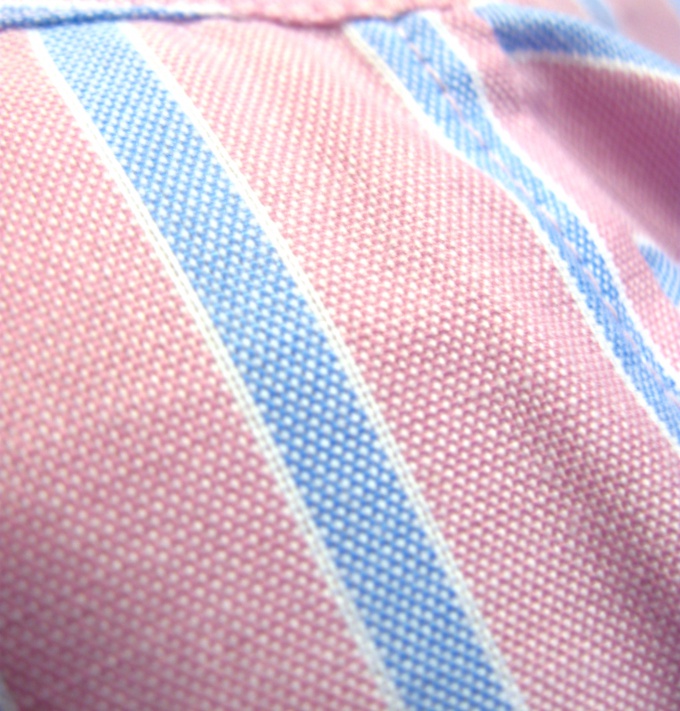Instruction
1
Share thread always goes along the edge of the fabric.
2
If your cutting no edges, to determine a fractional thread you can, pulling the fabric: the warp threads in the weaving are stretched tight, and the weft threads are freer, therefore, equity the thread is less stretchy. For this reason, it is the common thread, the fabric gives more shrinkage than the weft.
3
Various degrees of tension of the threads of the fabric allows you to carry out another test to determine the direction of grain lines. Take a piece of fabric at the edge with two hands at a distance of 7-10 inches. Several times dramatically straighten the fabric in this place, at this point you should hear the pop. Fabric because of the strong tension make a voiced cotton, and weft is more remote.
4
If the fabric is to look at the light, you will see that some threads lie more evenly, the other perpendicular to the first) is more uneven. Equity the thread goes in the direction of more uniform filaments.
5
If the fabric has NAP, it is usually located along the grain lines.
6
If the cloth fabric in one direction are cotton yarn, other wool, always wool yarn weft.
7
Knit fabric stretches in different directions, but in different ways. Along the warp knit is pulled into the pipe, and across the foundations of the accordion.
8
Failure to comply with the directions common thread, the finished product can greatly stretch, quickly lose the form or it is incorrect to sit on the figure.
Useful advice
When cutting lay the pattern along the grain lines, even if the pattern has no arrows. The exceptions are some types of cutting that require decomposition patterns across or on the bias specified in the instructions specifically.
